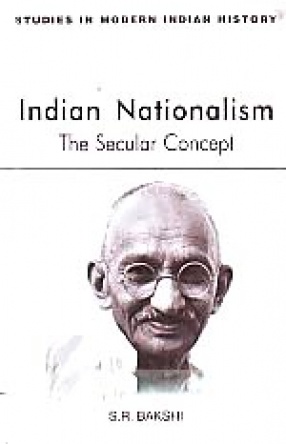
S R Bakshi

136 books
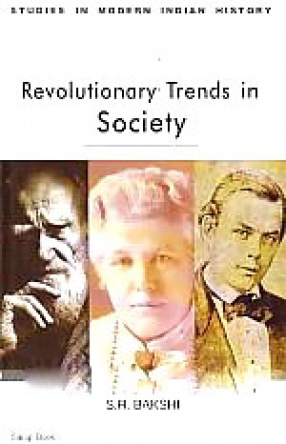
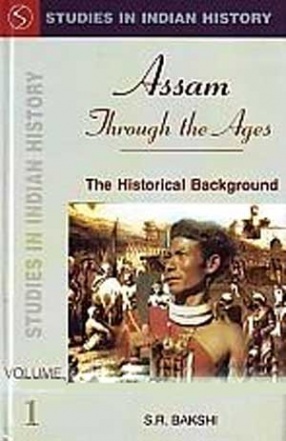

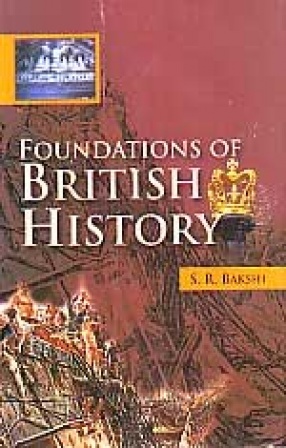




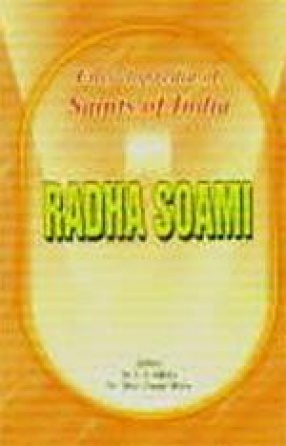



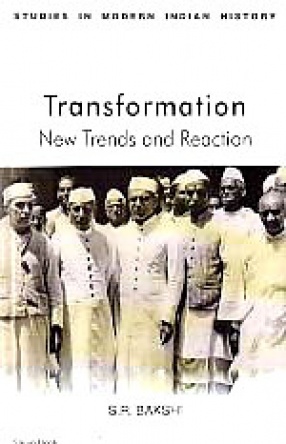


This academic work has been weaved into three volumes, divided into various phases of Assam. Volume one contains fifteen chapters, appendices and the revolt of 1857, volume second deals with eight chapters having thrust upon the national upsurge and the third one has given emphasis on society and economy of Assam.
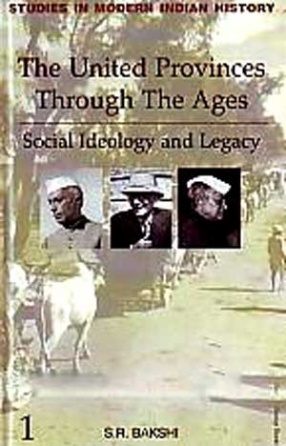
Volume Title:V. 1. Social ideology and legacy; V. 2. Role of eminent Muslims; V. 3. Role of women.
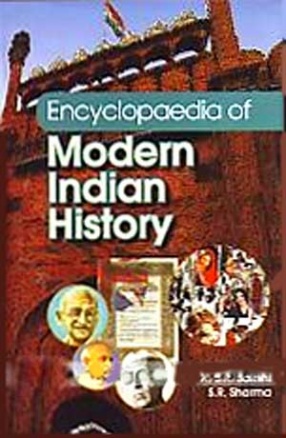
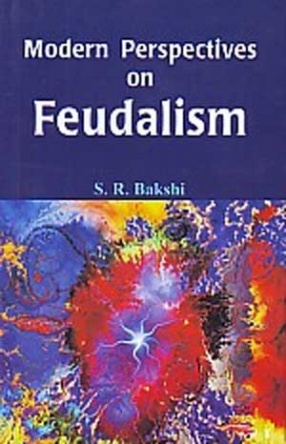
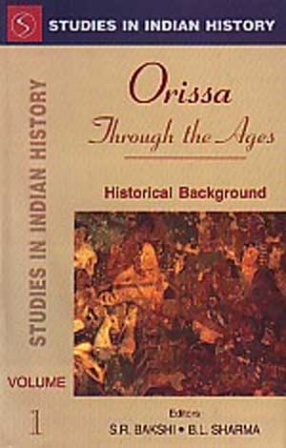
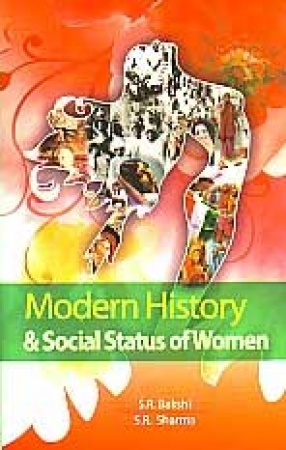


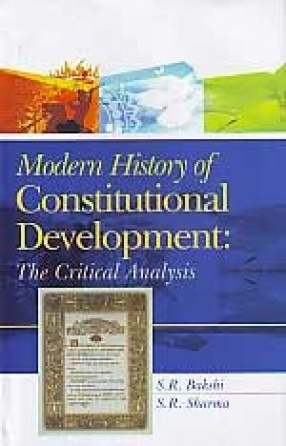
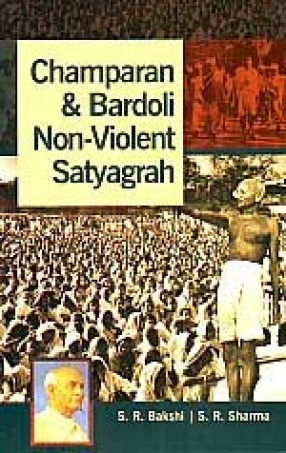
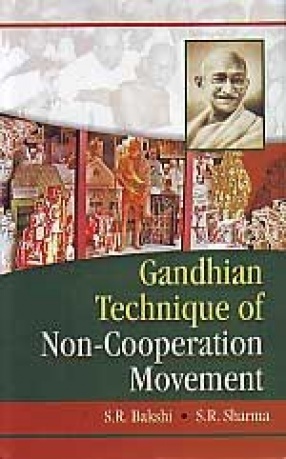

The theme in this work clearly lays emphasis on the socio-religious philosophy of Lord Mahavira, the founder of Jainism. The nineteen chapters dealing with his writings, preaching and principles are significant as they lay emphasis on fundamental principles of Jainism, teachings of Lord Mahavira, the great scriptures of Jains, right attitudes in life, views for a disciple, ways and means of inner development, purity of thought and life, five types of knowledge, ...

Swami Vivekananda is considered one of the prominent saints of our sub-continent. He preached social service, disciplined life and dedication to humanity which had deep bearing on all aspects of national renaissance. His oratory and arguments regarding God and religion greatly impressed the people of USA and England. A towering intellectual as he was, his disciple Ramakrishna Parmahamsa brought forward his ideology during his time. Indeed these chapters deal ...

The name of Mirabai is well-known in the annals of our history. Married in an orthodox family, she became a widow at a young age. From her younger days, her devotion to Lord Krishna was proverbial. His devotional poems and her message of Bhakti deserve much appreciation from her devotees. Brindaban-Leela is respectfully attached to her name. The theme contains ten chapters which deal with her religious and devoted career. These are her early career, the divine ...

The theme of this work has deep bearing on the religious philosophy of Saint Tulsidas whose emergence on the social scene of our sub-continent brought about a change which benefited Hinduism and other religions. The authorship of the Ramayana is his greatest academic contribution which has made several generations to show spontaneous love and respect for him. Besides he showed us the principle of moksha, three paths of salvation, descent of God and several other ...

Radha Soami Mat is a school for spiritual enlightenment and realization of reality. Like Guru Nanak Dev, Kabir, Tulsi Sahib and other saints, Soamiji is also a true and perfect saint. Soamiji lays much emphasis on satsang, satguru and Name, Nam or Shabad. Guru is God Himself in the human form and we should search for a true and perfect Guru. We should sacrifice our body and develop extreme love and devotion for our Guru. Then the form of our Guru will stay in our ...

The early career of Valmik depicts him as an ordinary person performing an unsocial job which involved him in highway robbery. The illustrious sapta rishi brought about an unexpected change in his career and after years of tapsya, he became Valmik Rishi. He authored the Ramayana and thus gained the most illustrious fame in the annals of our history, nay, the Hindu society. The theme contains seven chapters which depict, in a comprehensive way, the poet’s deep ...


Ramakrishna Parmahamsa's career was unique in the socio-religious history of our sub-continent. His life passed through several experiments having deep bearing on his search for truth and knowledge. At last he succeeded in his mission which showed its worth at national and international level. Devotees—men as well as women—thronged to listen to him with highest degree of discipline. The theme contains fifteen chapters and two appendices which deal with the ...
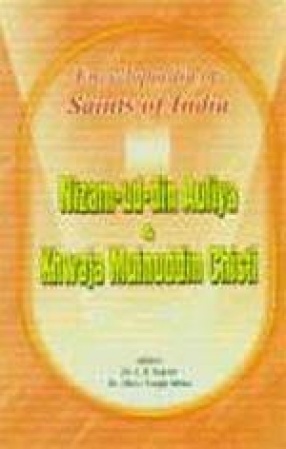
Hazrat Nizam-ud-din Auliya and Hazrat Khwaja Muinuddin Chishti represented a unique generation of saints who are ever loved and respected by millions of their devotees in India and abroad. They were scholars, opposed slavery, showed much love and respect for women and children, propagated quest for reality and truth, realism as a school of thought, concern for ailing people and a truthful model of conduct. The text contains two parts. Whereas the former deals ...

